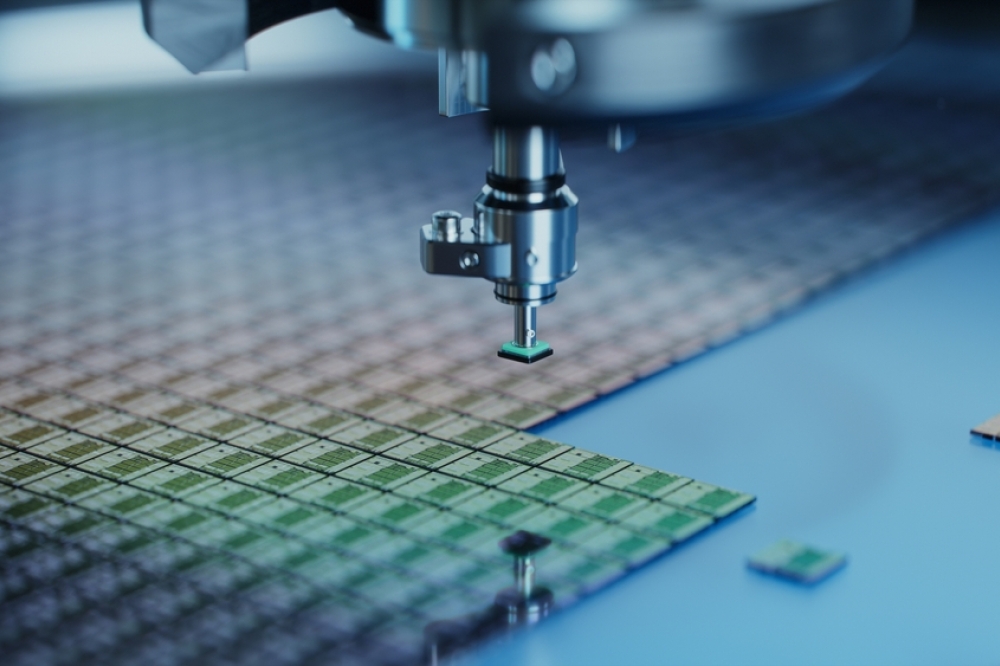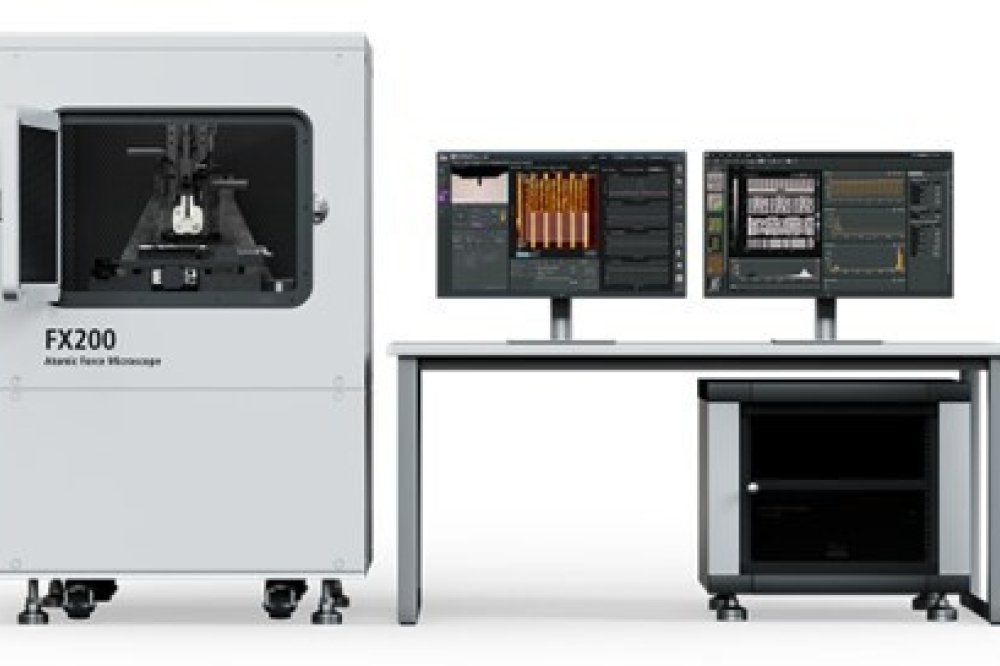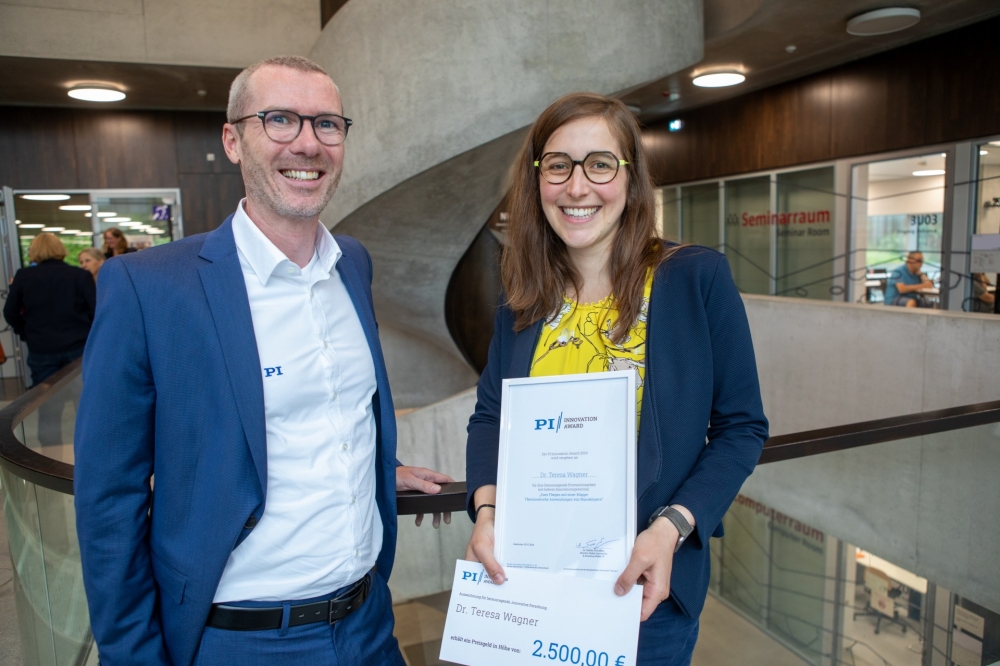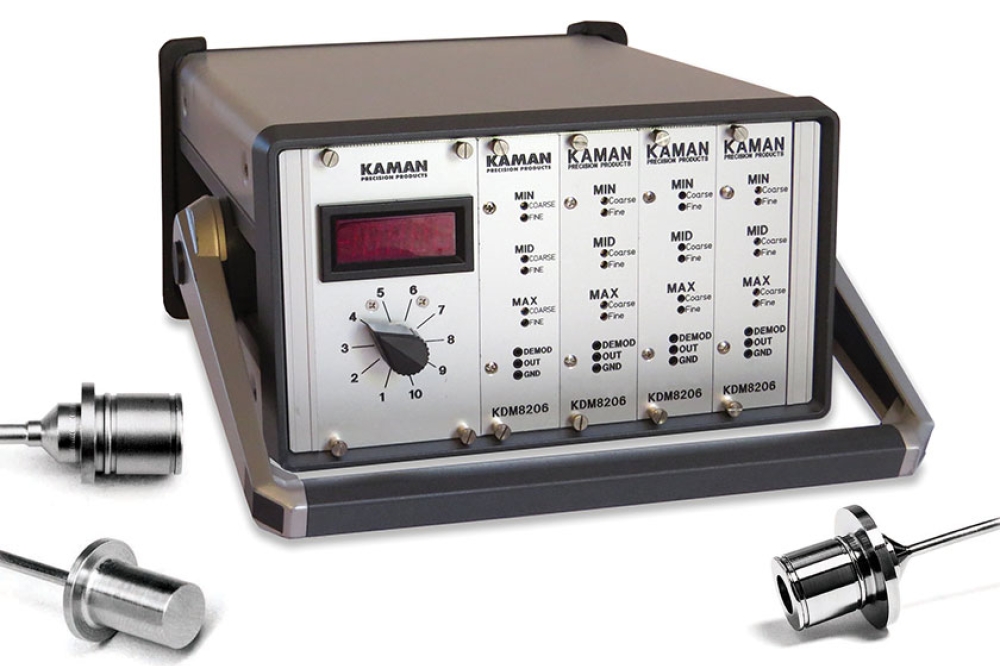Electron Microscope market to soar

Education and training programs are pivotal in enhancing the knowledge and skills of professionals in the field of electron microscopy. By providing continuous professional development opportunities, organizations can foster a highly skilled workforce, which can lead to better research outcomes and innovations.
According to Market.us, The global electron microscope market is estimated to be valued at USD 8.4 billion by 2032 from USD 3.9 billion in 2022 and is expected to exhibit a CAGR of 8.14% during the forecast period 2023 to 2032. Electron microscopes use a beam of electrons that is focused and directed onto the specimen. They are used for imaging and analyzing biological samples, materials samples, and nanoscale structures, among other things. As a result of the COVID-19 pandemic, there has been an increase in the use of electron microscopes in several aspects, including research into the virus, drug discovery, and vaccine development.
Market.us has identified key trends, drivers, and challenges in the market, which will help clients improve their strategies to stay ahead of their competitors.
Key Takeaways:
• By type, in 2022, the Electron Microscope market was dominated by the scanning electron microscope segment due to its increased usage in the fields of material science, biology nanotechnology, etc.
• By application, the material science segment dominated the largest market share in application type analysis and accounted for the largest revenue share in the Electron Microscope market in 2022.
• In 2022, Asia-Pacific dominated the market with the highest revenue share of 34.8%.
• North America is anticipated to have the highest CAGR among all the regions.
Factors affecting the growth of the Electron Microscope industry?
• There are several factors that can have an impact on the growth of the Electron Microscope industry. Some of these factors include:
• Technological advancements: Advances in electron optics, detector technology, and computational methods have greatly improved the performance and resolution of electron microscopes, enabling researchers to better understand and manipulate materials and biological systems at the nanoscale.
• Research and development: Ongoing research and development efforts by manufacturers and researchers are essential for improving the quality and performance of electron microscopes. This, in turn, drives demand and growth in the industry.
• Government and private sector investment: Investment from governments and private sector organizations can greatly impact the growth of the electron microscope industry, as funding for research, development, and infrastructure can enable manufacturers to develop new products and expand their operations.
• Market demand: The demand for electron microscopes is driven by a range of industries, including materials science, life sciences, and semiconductors. As research in these areas expands, so too does demand for electron microscopes.
• Competition: Competition among manufacturers drives innovation and can result in better products at lower prices, ultimately leading to increased adoption of electron microscopes across various industries.
• Education and training: Education and training in electron microscopy are essential for fostering a skilled workforce and advancing research. Investment in education and training programs can improve the uptake of electron microscopes and contribute to growth in the industry.

































